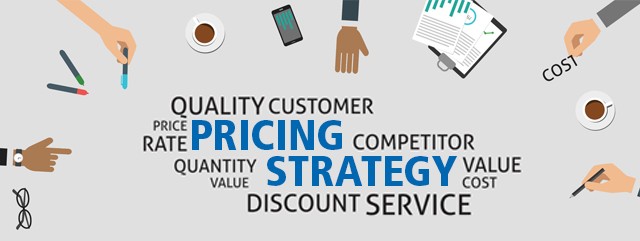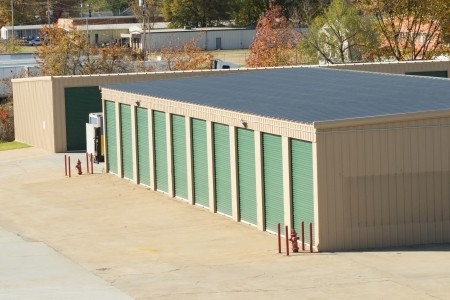Pricing Strategy To Increase Revenue

How do large self storage operators, like Extra Space Storage, increase net operating income by 6-12+% every single year? More importantly, what techniques do they use that you can use for your property?
Since net operating income includes just revenue and expenses, it makes sense that operators with many stores focus on keeping their costs low. It helps that they’re able to obtain discount prices because of their scale, and those cost-cutting benefits might not be available to you. However, the real potential for growth for all self storage owners lies in increasing revenue. The large operators are able to increase their revenue 6% to 10% annually, and you can, too. The key lies in using pricing strategies.
What are some pricing strategies used by successful self storage owners?
Street Rates
How do rates compare to your competition? If you don’t know, you’re leaving money on the table. Finding out how much your competitors charge is very simple. Create a chart listing your unit sizes and types. Add several columns to list your competitors’ rates. Use your chart as a template and plan on shopping competitor rates once a month. Depending on your market, you may be able to find competitor rates online. If your competitors’ rates aren’t posted online, then you’ll need to mystery shop them. Finding out how much your competitors are charging for the types of units you have is the first step in establishing your street rate.
Demand Pricing
If you have several units of one size available (for example, many temperature controlled 5×5 units) then your priority is to rent them out, even at discounted rates. However, if you only have a few drive up 10×20 units unoccupied, then it’s fair to charge a premium for them. This ensures that the renters who most need the 10×20 units are able to rent them. Demand pricing strategy will help increase your bottom line.
Legacy Tenants
Many storage facilities that we evaluate have “legacy tenants” – tenants who are paying below market rates. When they moved in ten years ago, you charged $70 for a 10×10. The price for new tenants has increased to $90 for a 10×10, but they’re still only paying $70. If your property is performing well, and is stabilized, it’s time to bring the legacy tenants up to street rates, potentially through revenue management. Raising rates will bring your property to its full revenue potential.
Revenue Management
Revenue management is a very broad term that covers every technique listed in this article. When we refer to revenue management, we are specifically talking about the process of increasing your tenants’ rates incrementally over time. An example of a revenue management plan would have a tenant receiving a 5% increase 7 months after they move in and every 12 months after that. For example, if a customer’s move in date is January, then they would receive a 5% increase in July, and every July thereafter. Typically, revenue management also has a governor associated with it so that no tenant exceeds 20% above street rate. If you run your property through a management software program, it probably has options for you to set up revenue management; which means the software program will automatically increase rates on tenants at your predetermined amount and time. Very few tenants are motivated to move out by a reasonable increase in rent. Revenue management can also dramatically improve your bottom line.
Value Pricing
If you traveled to the recent Self Storage Association trade show in New Orleans, chances are good you took an airplane (unless your flight was canceled because of the snow storm!). Of course, when you select an airplane seat online, there are many options that change the price of your ticket: Would you like a window seat or aisle seat? First class or main cabin. All of these options are about location, convenience and luxury – the value of the seat to you. In the same way, tenants may have unspoken preferences about which units they would prefer. A landscaping contractor who may visit their unit before sunrise would probably prefer the unit with better lighting. A first floor unit would command a higher price than a second or third floor unit because of the ease of access. An important part of successful value pricing is showing both prices to your potential renter and letting them choose. They will choose the more expensive option more often than you might think, particularly if they perceive additional value. Value pricing makes sense to tenants, and increases your revenue.
Rent Concessions

The variety of pricing strategies are endless. The options listed here will help you compete with the savviest operators. As you implement these techniques, experiment with them to find out what works best for your facility. If you’re worried about how customers might react to changing prices, keep in mind that according to the 2014 SSA Self Storage Demand Study, 46% of customers rented from the first self storage facility they contacted. Additionally, 22% of customers contacted two facilities. Only 33% of the customers contacted more than two facilities. For almost half of your customers, you set their expectations with pricing at your facility. Remember, don’t post your rates in your office for tenants to see when they walk in. That spoils an opportunity to up-sell each customer.
If you are interested in learning more at pricing strategies or you are interested in buying or selling a self storage property, contact us today for more information.


